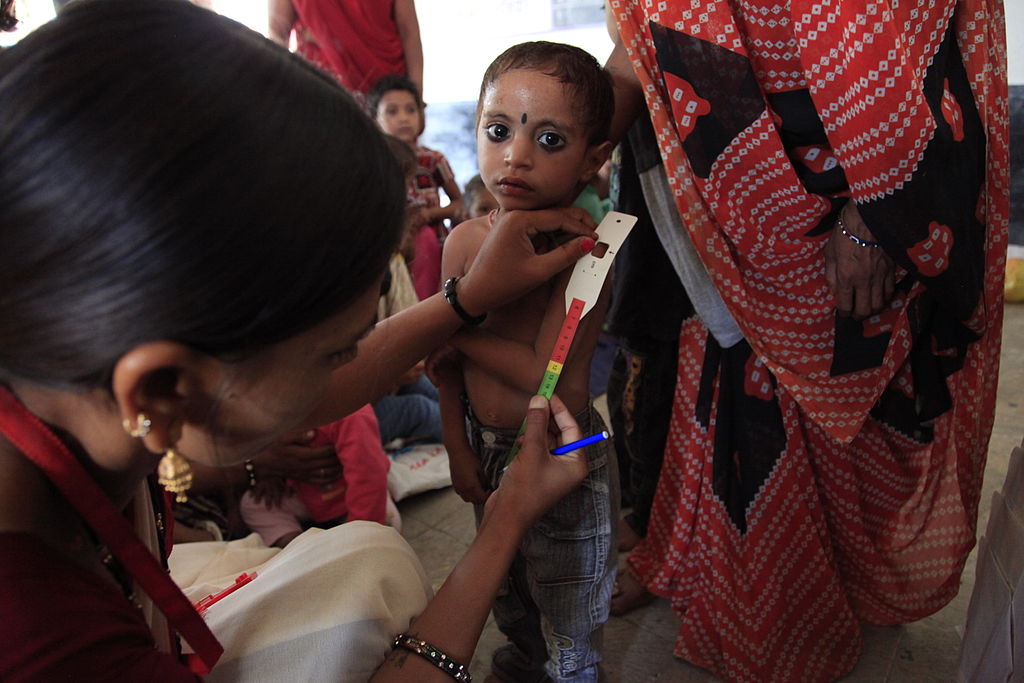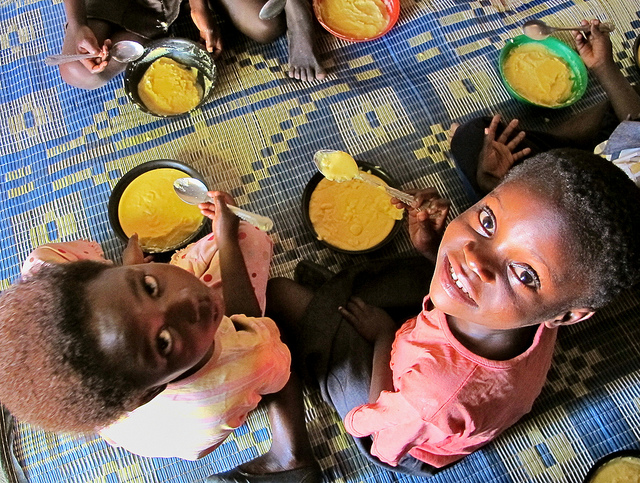When people think of malnutrition, many think only of the distended bellies of the protein deficient children in sub-Saharan Africa. It is easy to forget that malnutrition comes in many forms, has many manifestations and knows no boundaries, race or gender.
The First 1,000 Days by Roger Thurow is the story of four mothers in the four corners of the world, and their plight to ensure their babies get the correct nutrients for a happy and healthy life. But it is also a snapshot of the hidden hunger haunting childhoods and limiting adults from reaching their full potential all over the world.
A lack of nutrients – rather than calories – can put children at risk of cognitive and/or physical stunting, with severe and long-lasting implications. A lack of vitamin A can lead to blindness while zinc deficiency can make children more susceptible to infections, diarrhoea and pneumonia.
Based on evidence showing that the diets of babies in their first two years can determine their capacity for growth, intelligence and good health, Thurow, a senior fellow at the Chicago Council on Global Affairs, follows the pregnancies of four women in deprived areas.
From Jessica in Chicago to Esther in rural Uganda, Maria Estella in Guatemala and Shyamkali in India, all had the same dreams for their children and all faced the challenge of feeding their babies the right mix of micronutrients and vitamins.
The story begins optimistically with the community health work taking place in each of these countries. Outreach workers in Uganda, where malnutrition is the underlying cause of 40 per cent of the deaths of children under five, promise expectant mothers that their children “can achieve great things” with the right levels of zinc, iron and iodine in their diets.

A child’s upper arm is measured at an Anganwadi centre in the village of Baggad, in Madhya Pradesh’s Dhar district. (Photo: Russell Watkins/DFID)
In Uttar Pradesh, India, where 55 per cent of children under three are stunted, women learn about the importance of a balanced diet.
In communities where traditional knowledge often triumphs over medical evidence, these educational sessions seem a crucial step forward in the battle against malnutrition.
Teaching new mothers the importance of colostrum, or the first breast milk, for nutrients instead of cows’ milk, dirty water or honey, was a key lesson for many.
But in Chuicavioc, Guatemala, Thurow confronts the underlying dilemma: even if the advice reaches the mothers, how can they act upon it when they cannot afford to eat? In many of the families he meets, girls and women are the last to eat if at all. How can they be expected to sacrifice even more to buy expensive fruit, vegetables and milk for their newsborns?
To demonstrate the vicious circle of malnutrition, Thurow uses the example of corn in Guatemala. This ubiquitous staple was the cheapest food available, used for tortillas to bulk out meals meaning that families at least did not go hungry. But its nutritional value was limited while apples, carrots and milk were too expensive for families to buy.

Learning about the benefits of orange-fleshed sweet potato (Photo: International Potato Center)
Herein lies the challenge: equipping mothers with both knowledge and resources to give their children the best possible start in life.
Among the solutions that Thurow finds is:
- Biofortified crops delivered by Farming First supporters HarvestPlus and World Vision, which allowed families to get iron, zinc and vitamin A from the staple cereals they grow.
- Panjiri, or fortified flour, distributed in India by Farming First supporter, the Global Alliance for Improved Nutrition (GAIN)
- Save the Children’s goats for families in Guatemala who had no access to cows’ milk.

Two girls eating bio-fortified maize, Mukushi, Zambia. Photo: Silke Seco/DFID
Throughout the book, Thurow picks up the threads that tie together the challenge of global malnutrition, which affects two billion: education, funding, access to resources, hygiene and health care. He juxtaposes best and worst practices together with the impact of leaving malnutrition unaddressed.
And while some of the children were able to thrive within Thurow’s First 1,000 Days thanks to these developments, others were still plagued by the long reach of poverty and malnutrition. Thurow confronts these tragedies – sickness, underdevelopment and even death – with candour. He demonstrates the tantalising potential to end malnutrition by contrasting the hope of those families who escape the trap with the sadness of those still in its grip.
The book is a manifesto for the first 1,000 days of every child’s life. But the movement is a philosophy that, if adopted, can liberate a generation.
You can buy The First 1,000 Days here.



